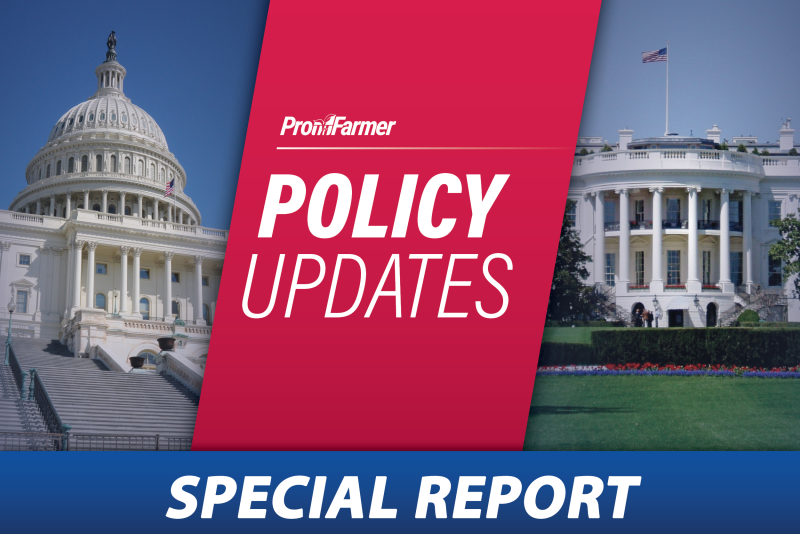USDA announced it will not impose new restrictions on cattle imports from Mexico despite the latest detection of New World screwworm in a cow from Tabasco state. The decision follows the agency’s implementation of a pre-clearance inspection and treatment protocol, which aims to ensure safe livestock movement and mitigate screwworm risks.
This comes after a previous screwworm case prompted Washington to halt Mexican cattle shipments in November, exacerbating already tight U.S. cattle supplies. With herd levels at a 74-year low and high beef prices, traders had speculated another import ban might follow, briefly driving up feeder cattle futures.
On Feb. 1, 2025, USDA’s APHIS announced the resumption of cattle and bison imports from Mexico under a new comprehensive protocol. This protocol includes:
- Pre-export inspection pens in San Jeronimo, Chihuahua, and Agua Prieta, Sonora
- Multiple veterinary inspections and treatments
- Insecticide dipping of approved animals
- Final APHIS inspection before crossing at designated ports of entry
The United States and Mexico have been working to approve additional pre-export inspection pens and reopen trade through other ports of entry.
APHIS has allocated $165 million in emergency funding to protect U.S. livestock, pets, and wildlife from the NWS threat. The agency is also collaborating with partners in Mexico and Central America to eradicate the parasite and restore the biological barrier in Panama, including the deployment of sterile flies to control the screwworm population.

